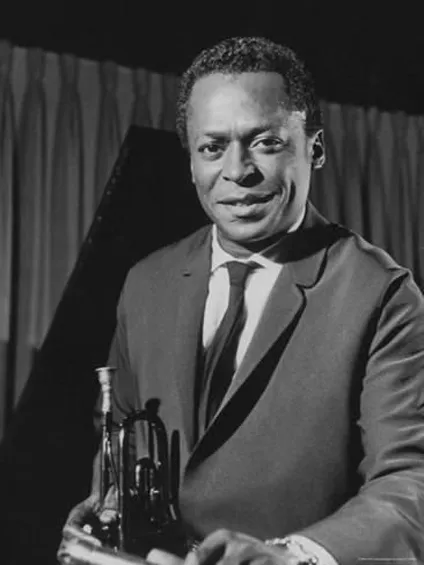Wayne Shorter (tenor sax), Miles Davis (trumpet), Chick Corea (RMI Electra-piano), Dave Holland (bass) and Tony Williams (drums). From the album Filles de Kilimanjaro (1969).
This is the sixth and last album recorded by Miles Davis with his second great quintet, since Chick Corea and Dave Holland replaced Herbie Hancock and Ron Carter on two of the themes. Unlike Nefertiti, where the main composer was Shorter, all the tracks on this album are written by Davis. Gil Evans, with whom he had collaborated on three important works, helped compose, prepare and produce the album, which can be considered a transitional album between Davis’ acoustic recordings with his second quintet and his later electric period.

It’s permeated with the exciting abstraction of the 1960s, but adding blues tones, electronic textures and danceable rhythms of later jazz fusion. It’s the beginning of a new stage for Davis in which he starts to outline jazz fusion. He was an innovative musician who required both himself and his musicians to grow continuously.

The introduction is made by Corea with the RMI Electra-piano playing several times two very low notes accompanied by Williams, and then Shorter, Davis and Holland enter to expose the theme. Afterwards, Corea plays the two notes again, then two more and then begins to throw dissonant chords to give way to Davis. He makes a solid and consistent solo while Corea continues to accompany with the low notes and dissonant chords over and over again, and Williams goes wild. Next Shorter arrives with a determined and well-crafted melodic line with Corea playing now only chords and Williams committing all kinds of excesses. Corea follows with an eccentric improvisation that seems to come from another planet until Shorter and Davis return to reexpose the theme.
© Columbia Records

